Ongoing Research: The Topics We Study
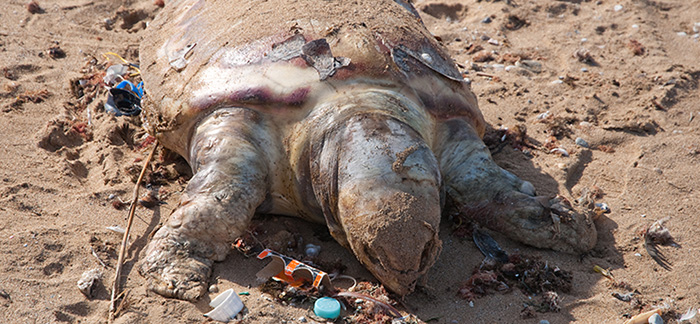
Marine Litter
Marine litter is a huge environmental problem that threatens marine ecosystems and organisms. Particularly, plastic materials (many of the them micro-plastics) are found in the carcasses of marine mammals and birds. The cross-boundary nature of its dispersion makes marine litter hard to address through policies and planning. About 80% of these materials enter the sea from land, either via rivers or as coastal runoff.
Sustainable Use
Coastal areas belong to all of us. Therefore, we have both rights and responsibilities related to their use and protection. Mostly importantly, we must strive to manage coastal and marine environments sustainably. This means protecting resources for use by future generations.
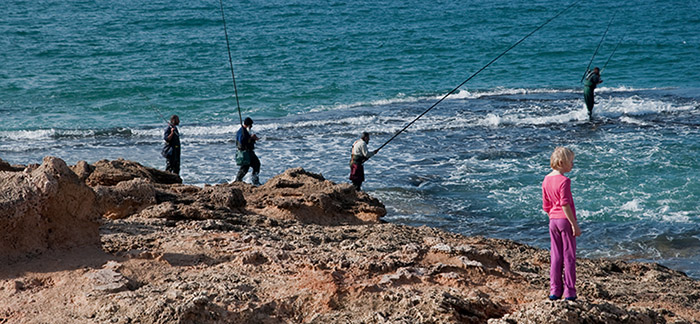
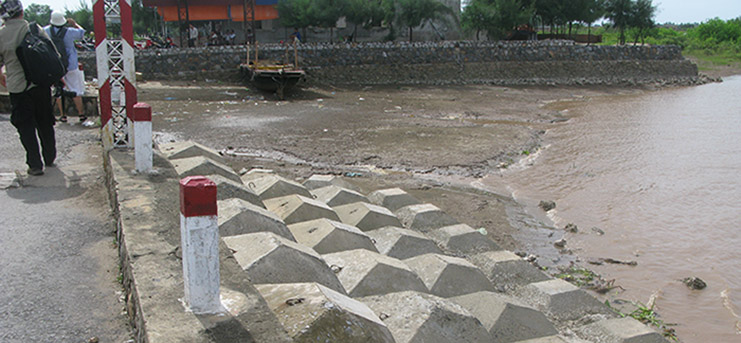
Coastal Protection
Different types of coastal protection are employed to avoid erosion, characterized as “hard” and “soft” protection. Hard protection refers to seawalls, piers, jetties, groynes, breakwaters and even artificial islands. Soft protection refers to beach renourishment (e.g., sand replenishment) and the establishment of living shorelines that stabilize the coast through the growth of different types of vegetation.
Urban Waterfronts
Today more than 70% of the world’s population resides in large coastal metropolises. Sustainable design and management of urban coastal structures are critical in an era of global coastal changes, especially where climate change causes more frequent and intense storm events.
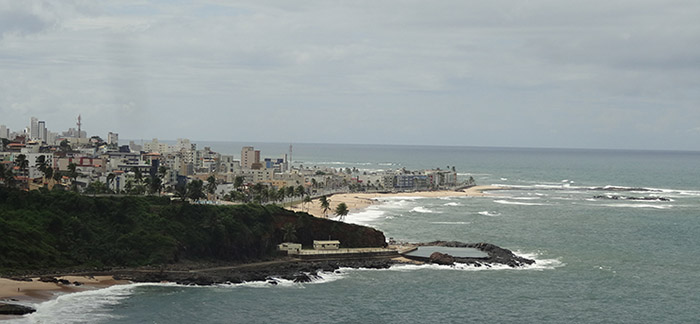
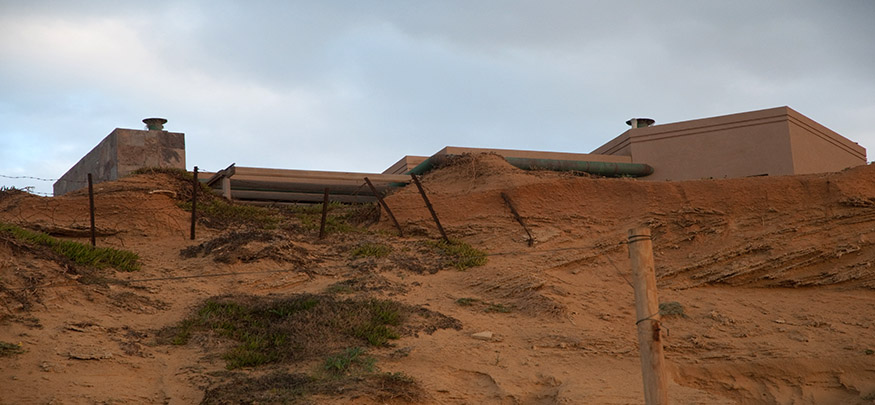
Coastal Erosion
Coastal cliff erosion is a serious problem for many coastal nations, exacerbated by climate change effects and coastal development. Nature has the upper hand ̶ ̶ erosion and accretion are naturally occurring processes — however good policies can protect people, property and livelihoods.
Marine & Coastal Resource Use
Coasts are the interface between land and sea. For several decades, integrated coastal management has been promoted as an alternative to sectoral management of marine and coastal resources. Of late, marine planning has been promoted as a way to bring about even more integration between terrestrial and ocean ecosystems.
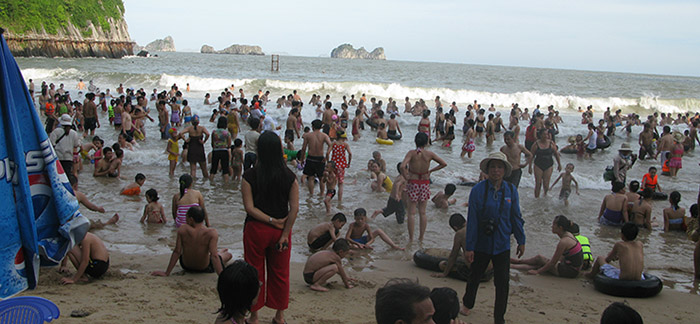
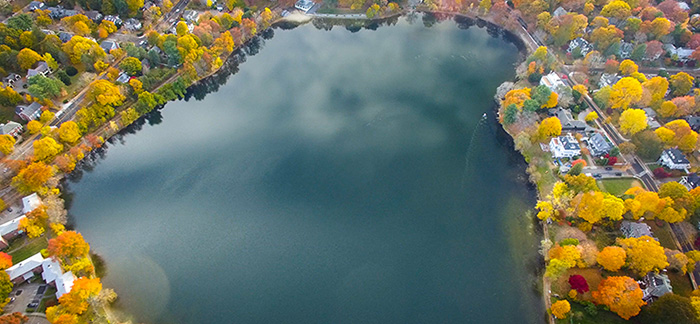
Resources That Belong to Us All
Even the shores of this small waterbody - a lake - exist as a public good, similar to most beaches throughout the world. In that way these areas are similar to submerged marine areas. With its origins in Roman civil law from the sixth century, the public trust doctrine holds that nation-states must manage common resources for public benefit.
Marine Heritage
Marine archaeological finds hold rich histories. This recently initiated project is focused on researching and developing protection policy for the submerged remains of maritime cultures and underwater heritage sites along the Mediterranean shores of Israel within the framework of marine spatial planning.
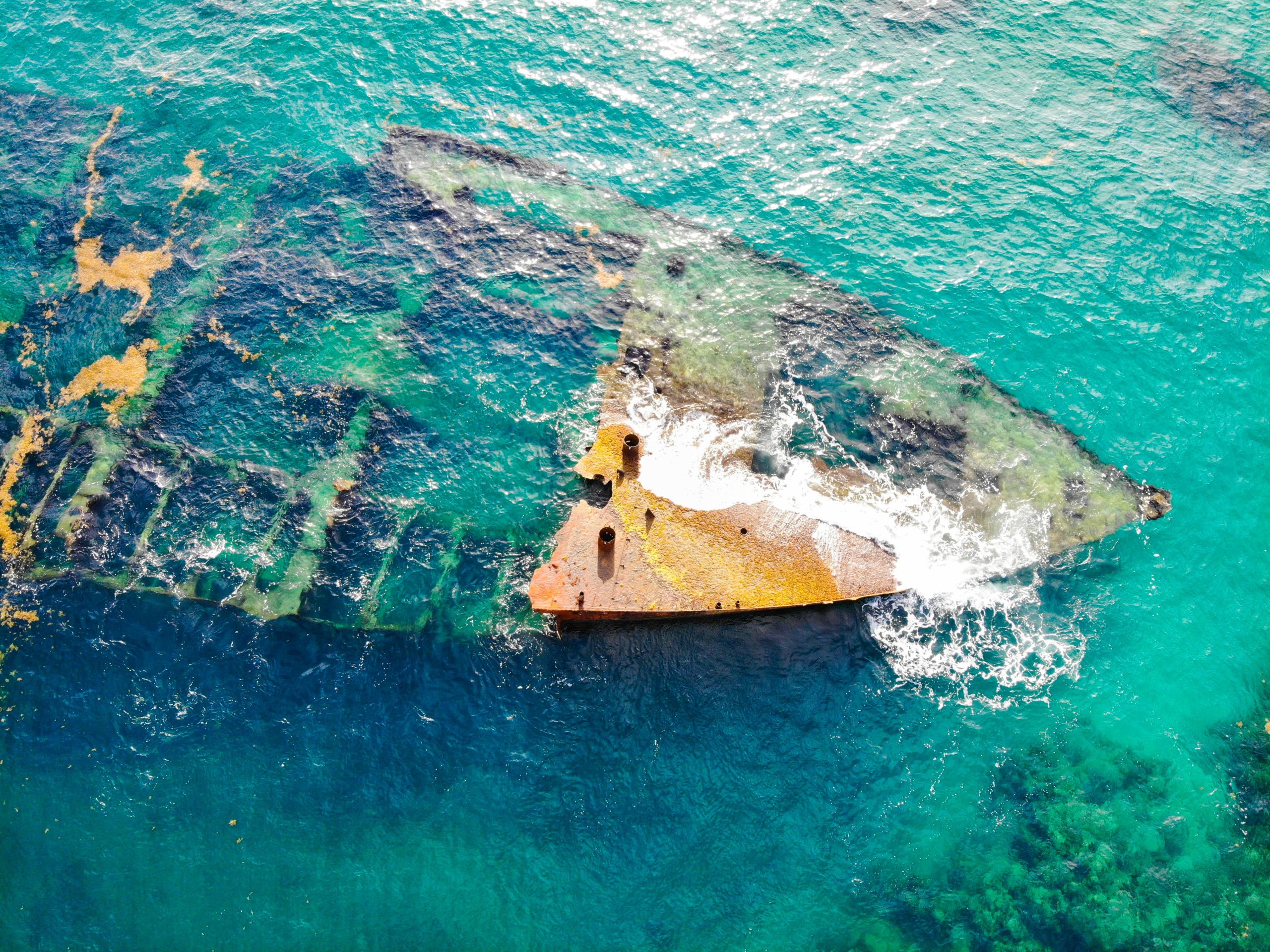
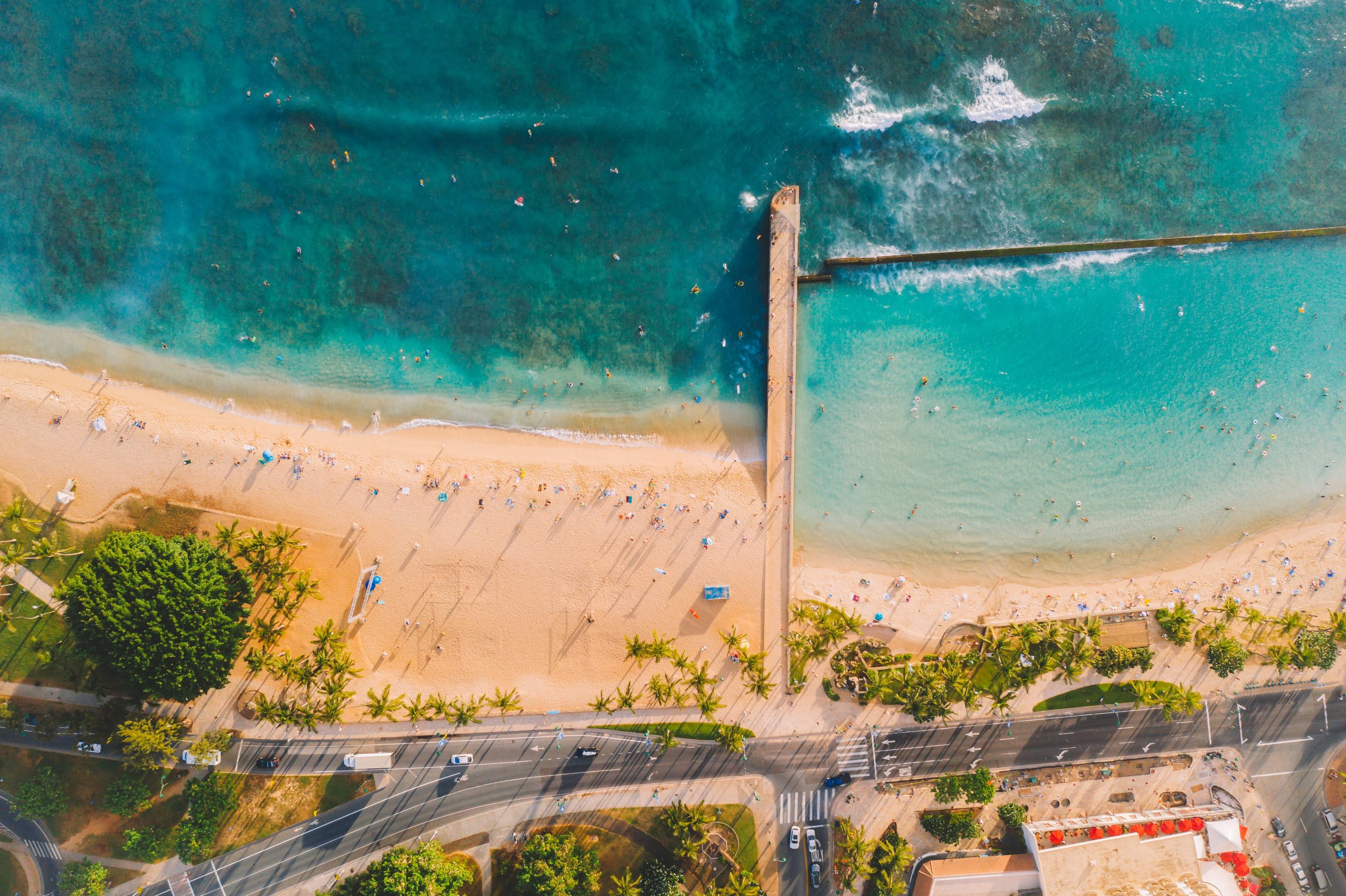
Marine Protected Areas
Marine Protected Areas are a main tool for protecting the marine environment globally. Marine Protected Areas require tools to manage them in an efficient and effective way in order to realize their goal of preservation.
Completed Projects
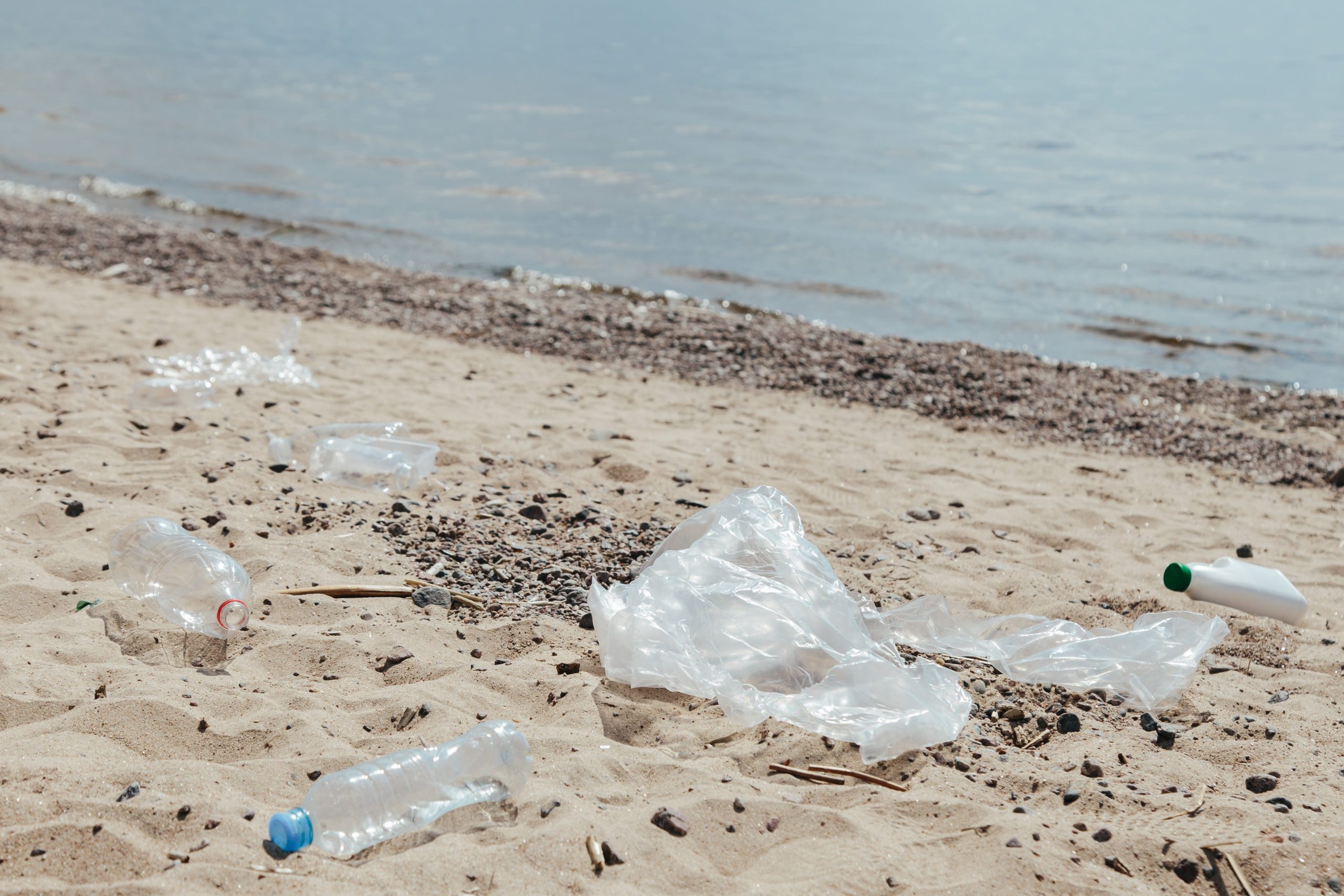
Land-Based Marine Pollution: Beach Litter
This project has included developing best integrated waste management practices for the prevention of marine litter from land-based sources. The first part included exploring the waste problem in the Arab fishing village of Gisr-A-Zarka with the aim of understanding the extent of waste collection problems at the land-sea interface. Gisr, a socio-economically challenged community and the only exclusively Arab village along the Israeli coast, suffers from an extreme litter problem which also impacts the coastal environment. Another part of this project investigated how Design for Sustainable Behavior can contribute to the better design of bathing-beach trash cans.
2020
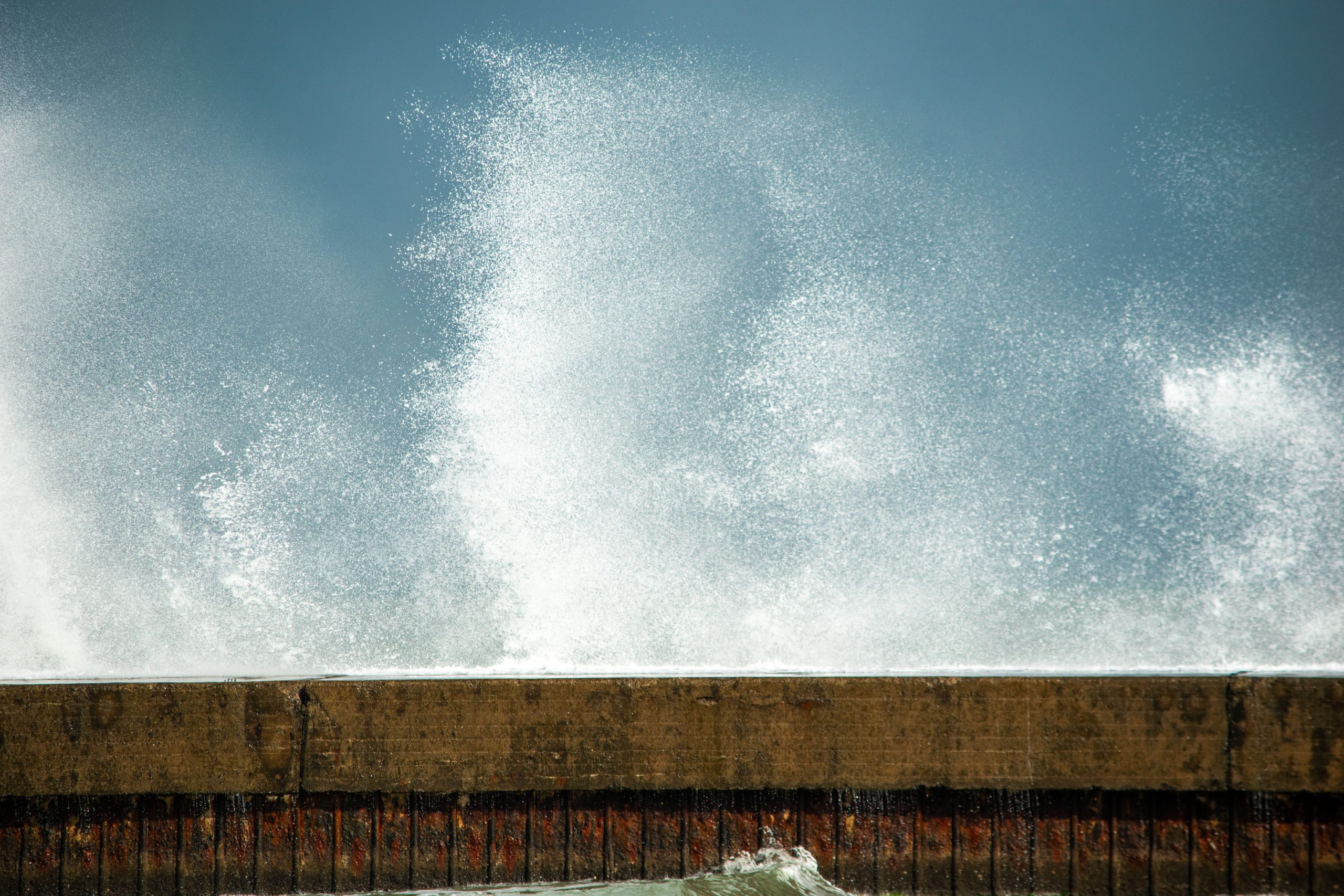
Water-Sensitive Urban Design: Best Practices and Beyond
Funded by the JNF, this project examined both policy and physical in-the-field implementation of storm water management practices in Israel through case study research. The objectives were to review and empirically evaluate the implementation of selected storm and surface water management practices. The evaluation will lead to recommendations for Best Management Practices (BMPs) and policies tailored to various scales of planning.
2019
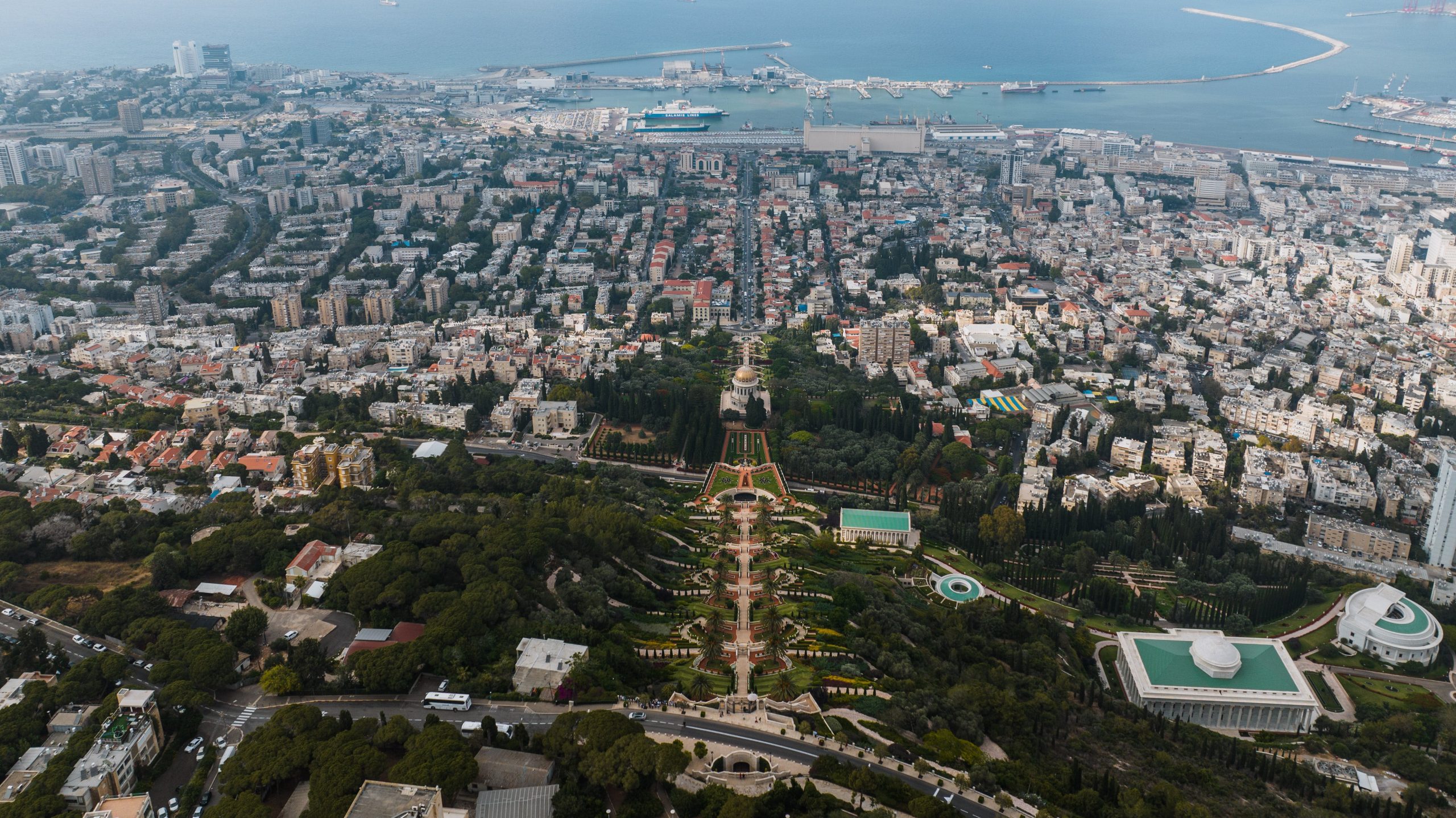
Coastal infrastructure planning for the promotion of marine conservation along the Israeli Mediterranean Sea
Funded by the Israel Ministry of Infrastructure, Energy and Water this study examines enclosures (usually to protect security-sensitive infrastructure,) located along the Israeli Mediterranean coast, and their contribution to ecosystem viability. I will research the extent to which these areas serve as “de facto” marine protected areas. Using a marine ecosystem modeling application (ECOSIM with ECOPATH), research results will aim to improve planning of marine infrastructure to support multi-purpose goals, including various aspects marine protection, principally biodiversity and healthy ecosystem functions.
2018
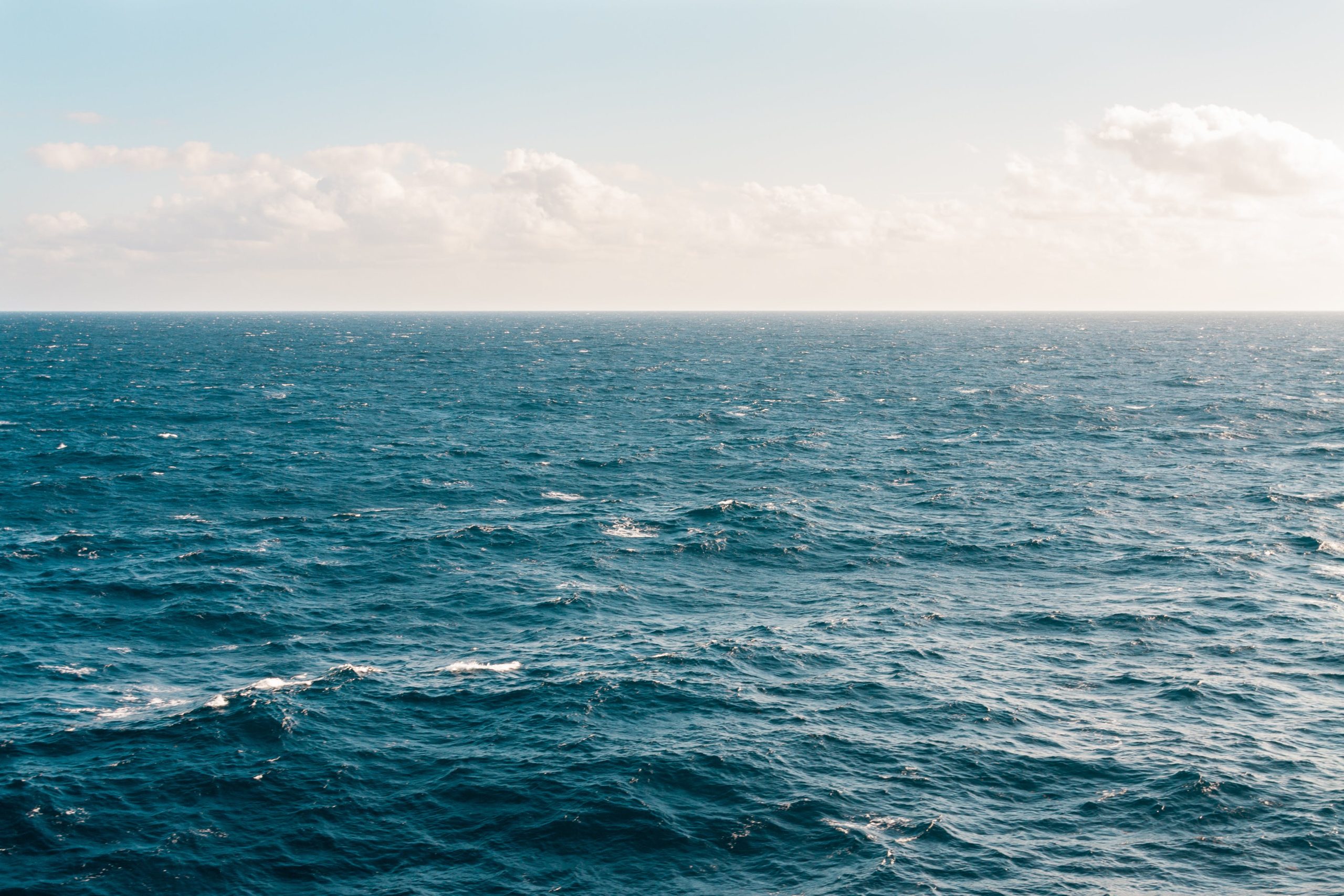
Marine spatial planning for Israel
Through the Technion’s Faculty of Architecture and Town Planning’s Centre for Urban and Regional Studies I co-led a three-year project to complete an marine spatial planning process to develop marine policy that will set the course for Israel’s conservation and development of the Mediterranean Sea marine area of the country, including its exclusive economic zone. Link to the Israel Marine Spatial Plan website.
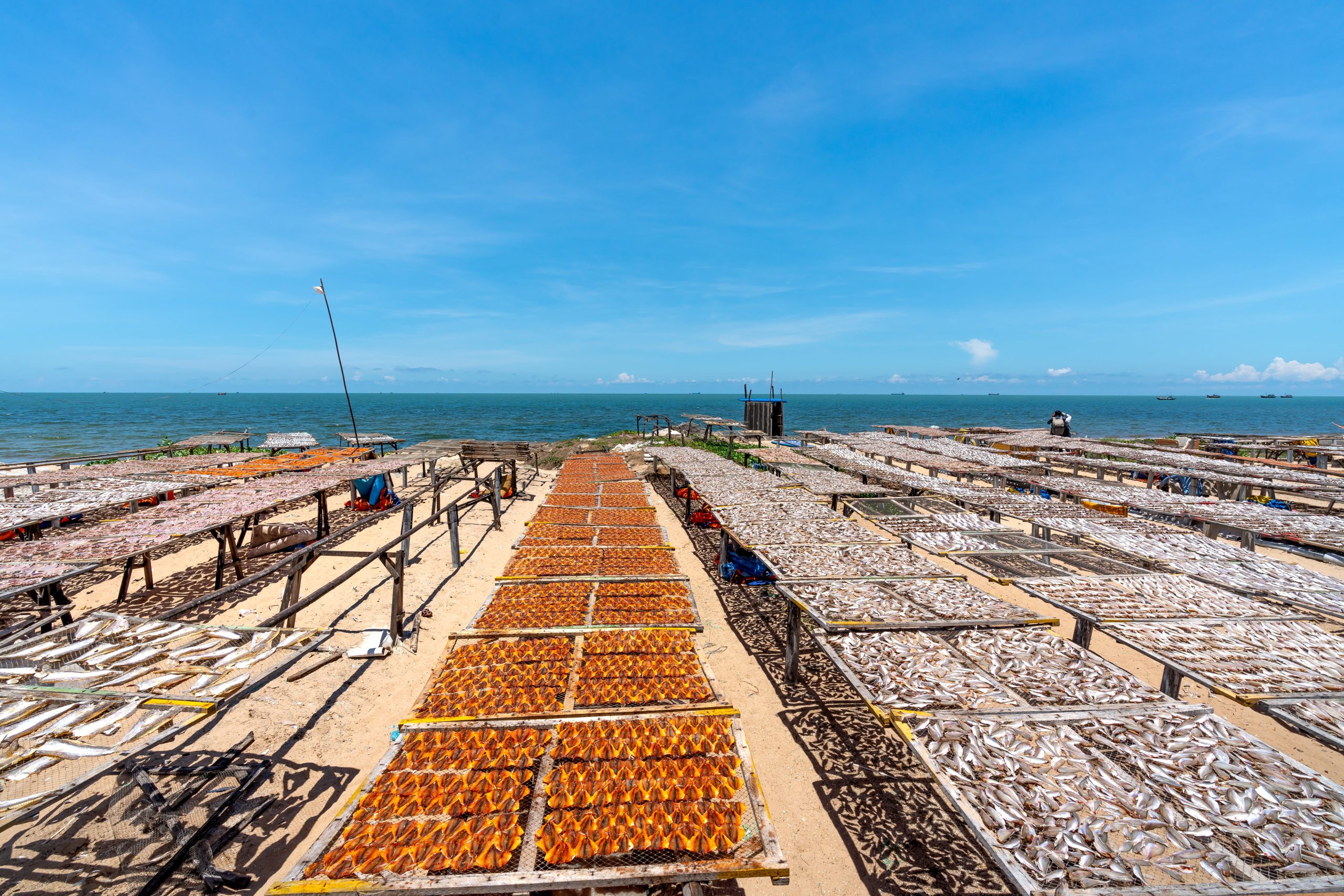
Fisheries industry and community spatial change
With colleagues at the Marine Policy Center of Woods Hole Oceanographic Institution and U.S. National Marine Fisheries Service, the project analyzed the relationship between waterfront land use changes and shifts in commercial fish stocks and other fisheries industry data over three decades. It focused on working waterfronts in New Bedford Harbor/Fairhaven and Provincetown Harbors in Massachusetts.

